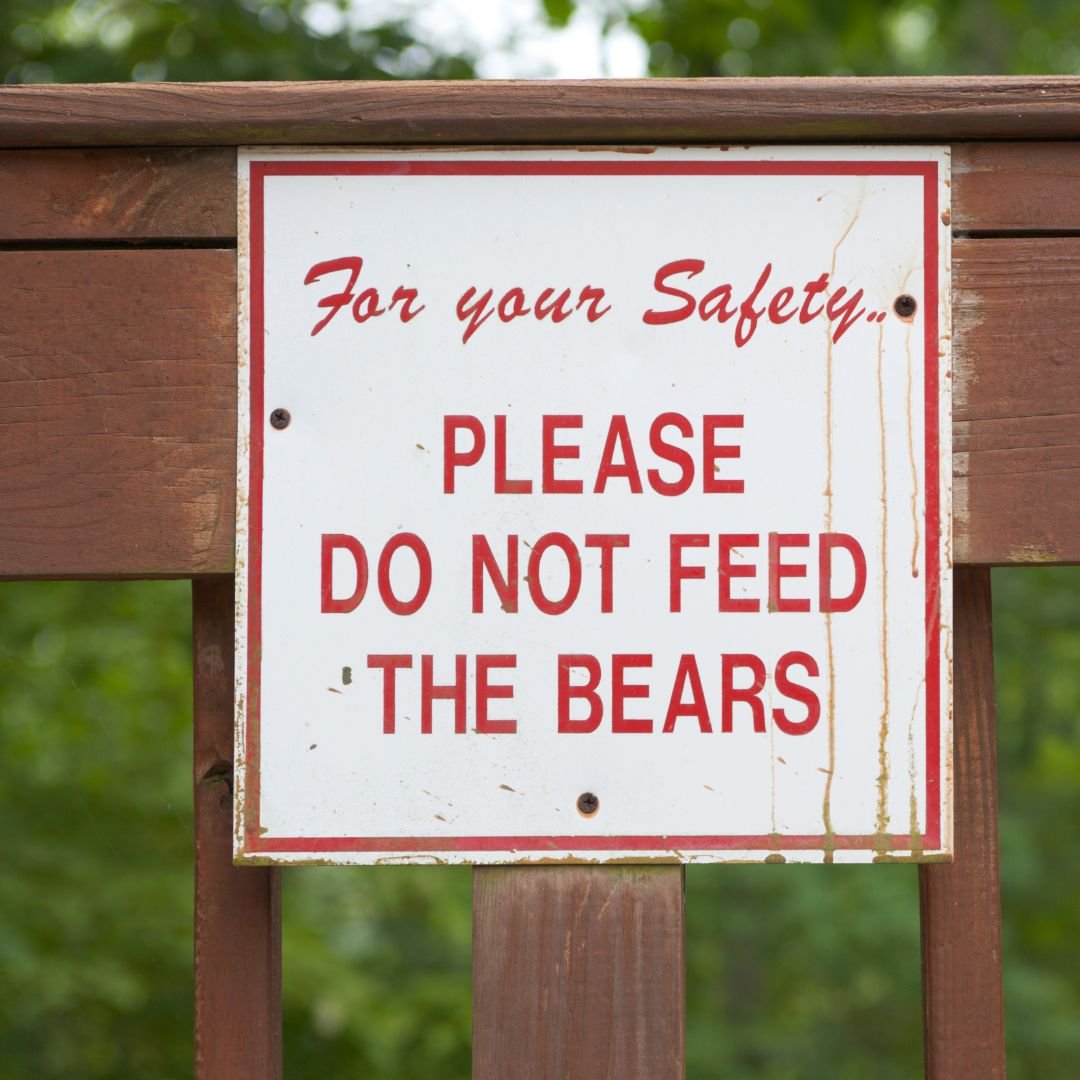Safe Practices to Respect Wildlife: Leave No Trace Guidelines for Climbers
Introduction
Welcome back to the NY3C Leave No Trace Series! In this post, we’ll cover how to respect wildlife during your outdoor adventures. Whether you’re climbing, hiking, or camping, it’s important to remember that we share these natural spaces with a variety of wildlife. Respecting animals means observing them from a distance, keeping your food secured, and not interfering with their natural behaviors. Let’s explore how you can be a responsible outdoor enthusiast while ensuring the safety and well-being of the animals you encounter.
Key Points
Maintain safe distances from wildlife—25 feet for most, and up to 300 feet for predators.
Never feed wildlife, as it disrupts their natural behaviors and can make them dependent on human food.
Secure your food and trash to prevent attracting animals, especially in bear country.
Follow specific safety protocols when dealing with dangerous wildlife, like bears.
Safe Wildlife Observation
One of the best parts of being outdoors is the chance to see wildlife in their natural habitat. However, it’s important to observe from a distance—ideally 25 feet for smaller animals like birds and 300 feet for larger predators like bears. This distance ensures the animals can go about their daily routines without feeling threatened or disturbed. Bringing binoculars or a zoom lens can enhance your experience while allowing you to respect their space.
Feeding Wildlife: A Big No-No
It might seem harmless or even kind to share a snack with a wild animal, but feeding wildlife can have disastrous consequences. Human food disrupts their natural diet and can make them sick. Even worse, animals that become accustomed to human food may become aggressive or reliant on campers, leading to dangerous encounters. Remember the saying: "A fed bear is a dead bear." Never leave food unattended, and always store it in bear-proof containers or hang it out of reach in bear country.
Bears and Other Large Animals
If you’re camping or climbing in areas where bears are common, it’s important to follow bear safety protocols. This includes using bear-resistant containers, hanging food far from your campsite, and carrying bear spray. Knowing and following local guidelines helps reduce the likelihood of an encounter. If you do see a bear or another large predator, do not approach—back away slowly and give them plenty of space.
Respect the Habitat
Remember, animals don’t exist for our entertainment. They’re part of a delicate ecosystem that depends on them behaving naturally. Disrupting their habitat can have ripple effects on the entire environment. By keeping a respectful distance and not interfering with their routines, you’re contributing to the health and balance of the ecosystem.
Conclusion
Thank you for reading about how to respect wildlife in the outdoors. By following these guidelines, you can help preserve the natural behaviors and well-being of the animals you encounter. Join us in the next post of the NY3C Leave No Trace Series, where we’ll focus on how to be considerate of other visitors and maintain a positive outdoor community.
Read the next post here: Climbing Etiquette and Courtesy: Leave No Trace Tips for Climbers →





